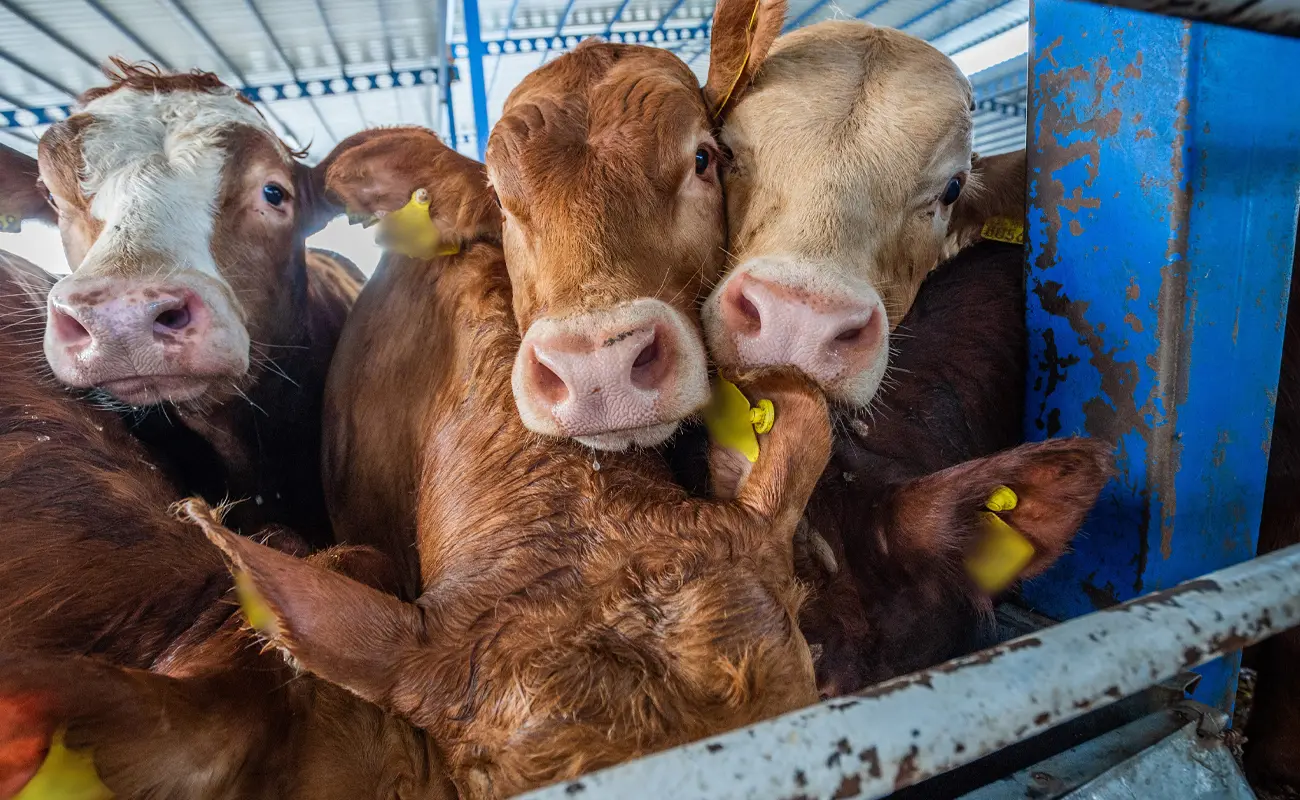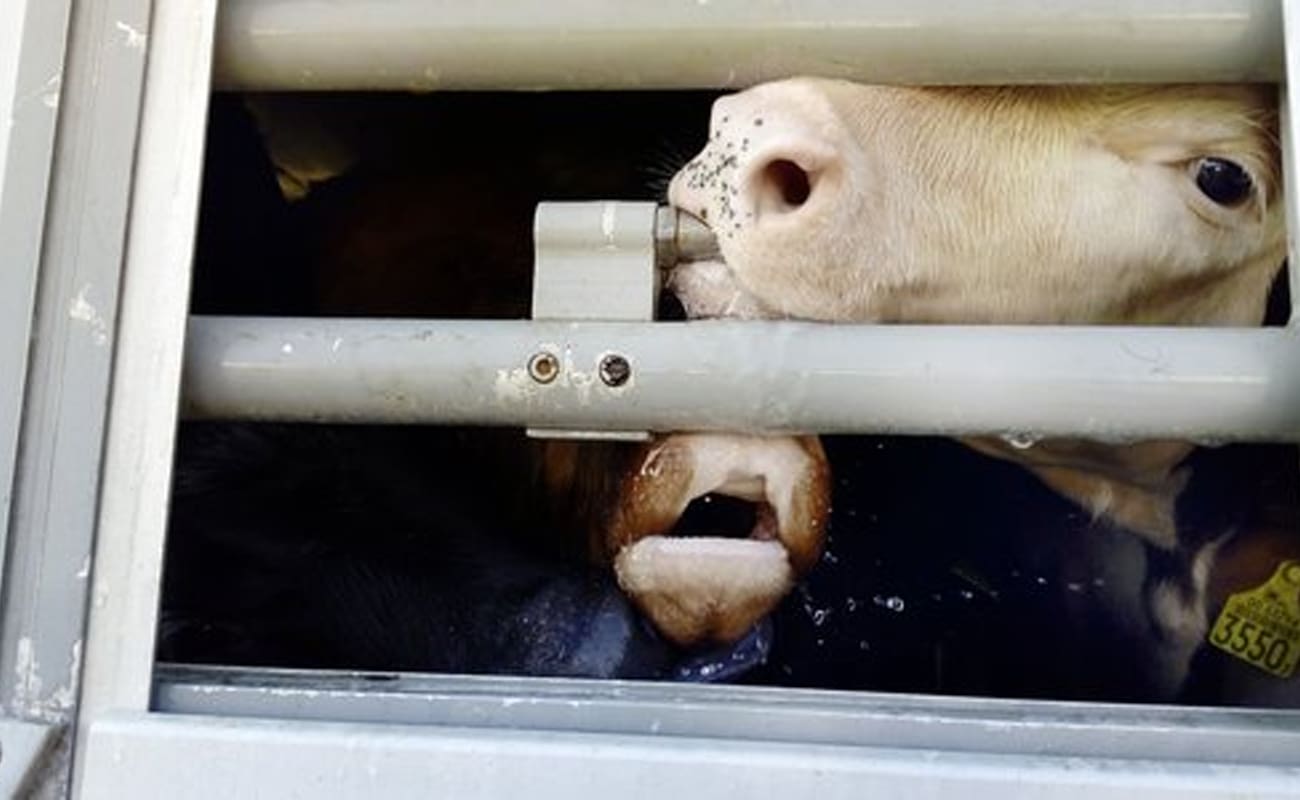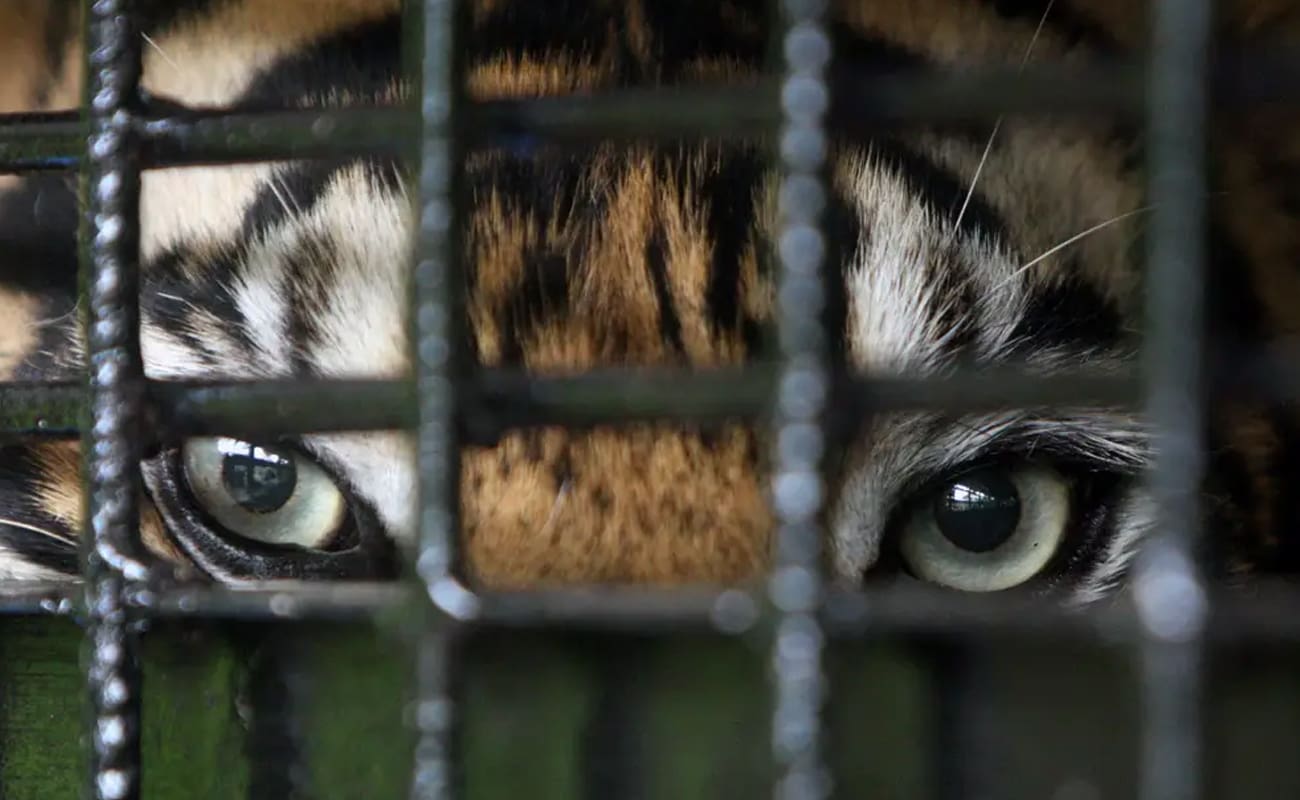Animal cruelty is a significant issue that plagues our society, with countless innocent animals falling victim to neglect, abuse, and exploitation. It is a problem that goes beyond mere mistreatment, as it reflects a deep-rooted indifference to the well-being of other living beings. In light of this, the role of animal welfare organizations has become more critical than ever. These organizations play a pivotal role in advocating for the rights and protection of animals, as they work tirelessly to combat and prevent animal cruelty. Through their efforts, they not only rescue and rehabilitate abused animals but also strive to raise awareness and educate the public about the importance of treating animals with compassion and respect. In this article, we will delve into the crucial role that animal welfare organizations play in combating animal cruelty, their methods and strategies, and the impact they have on creating a more humane and compassionate …
Animals
Transport Terror: The Hidden Suffering of Factory-Farmed Pigs Pigs are intelligent, social animals that, when allowed to live out their natural lives, can live for an average of 10 to 15 years. However, the fate of factory-farmed pigs is a cruel contrast. These animals, who are subjected to the horrors of industrial farming, are sent to slaughter after only about six months of life—just a fraction of their potential lifespan. The journey to the slaughterhouse begins long before the pigs arrive at their final destination. In order to force these terrified animals onto the trucks bound for slaughter, workers often resort to violent methods. Pigs are beaten on their sensitive noses and backs with blunt objects, or electric prods are shoved into their rectums to force them to move. These actions cause extreme pain and distress, and yet they are a routine part of the transportation process. Once the pigs …
Chickens who survive the horrific conditions of broiler sheds or battery cages are often subjected to even more cruelty as they are transported to the slaughterhouse. These chickens, bred to grow quickly for meat production, endure lives of extreme confinement and physical suffering. After enduring crowded, filthy conditions in the sheds, their journey to the slaughterhouse is nothing short of a nightmare. Every year, tens of millions of chickens suffer broken wings and legs from the rough handling they endure during transportation. These fragile birds are often thrown around and mishandled, causing injury and distress. In many cases, they hemorrhage to death, unable to survive the trauma of being crammed into overcrowded crates. The journey to the slaughterhouse, which can stretch for hundreds of miles, adds to the misery. The chickens are packed tightly into cages with no room to move, and they are given no food or water during …
Every year, millions of cows endure unimaginable suffering in the shadows of the meat and dairy industries—hidden from public view yet integral to their operations. From overcrowded transport trucks to the harrowing conditions of slaughterhouses, these sentient beings are subjected to relentless cruelty at every stage of their journey. Deprived of food, water, and rest during grueling transports that expose them to extreme weather, many collapse under the weight of exhaustion and fear. Once at the slaughterhouse, their torment continues as profit-driven systems prioritize speed over compassion, often leaving animals conscious during slaughter. This article sheds light on this systemic abuse while urging for change through awareness, advocacy, and a shift toward plant-based alternatives—offering hope for a future free from such unnecessary suffering
Every year, millions of farm animals endure grueling journeys in the global livestock trade, hidden from public view yet rife with unimaginable suffering. Crammed into overcrowded trucks, ships, or planes, these sentient beings face harsh conditions—extreme weather, dehydration, exhaustion—all without adequate food or rest. From cows and pigs to chickens and rabbits, no species is spared the cruelty of live animal transport. This practice not only raises alarming ethical and welfare concerns but also highlights systemic failures in enforcing humane treatment standards. As consumers become more aware of this hidden brutality, the call for change grows louder—demanding accountability and compassion within an industry driven by profit at the expense of animal lives
Although hunting was once a vital part of human survival, especially 100,000 years ago when early humans relied on hunting for food, its role today is drastically different. In modern society, hunting has become primarily a violent recreational activity rather than a necessity for sustenance. For the vast majority of hunters, it is no longer a means of survival but a form of entertainment that often involves unnecessary harm to animals. The motivations behind contemporary hunting are typically driven by personal enjoyment, the pursuit of trophies, or the desire to participate in an age-old tradition, rather than the need for food. In fact, hunting has had devastating effects on animal populations across the globe. It has contributed significantly to the extinction of various species, with notable examples including the Tasmanian tiger and the great auk, whose populations were decimated by hunting practices. These tragic extinctions are stark reminders of the …
Beneath the roadside charm of makeshift cages and exotic animal encounters lies a dark and distressing reality. Roadside zoos, often nestled along highways or rural tourist routes, exploit animals for profit while subjecting them to lives of deprivation, neglect, and cruelty. These unregulated attractions mask their unethical practices with promises of education or conservation but instead perpetuate suffering through inadequate care, forced breeding programs, and misleading narratives. From baby animals torn from their mothers to adults confined in barren enclosures, the plight of these creatures is a stark reminder that entertainment should never come at the expense of compassion
Embark on a journey that not only explores the beauty of the world but also respects its inhabitants. Ethical tourism is more than a trend—it’s a commitment to compassionate choices that safeguard animals, protect ecosystems, and honor cultural integrity. From avoiding exploitative attractions like elephant rides and dolphin swims to supporting cruelty-free souvenirs and plant-based dining, this guide empowers travelers to leave a positive impact wherever they wander. Discover how traveling with kindness can transform your adventures into meaningful experiences that align with your values while preserving the planet for future generations
Our relationship with animals is a tapestry of contradictions—woven with threads of love, utility, reverence, and exploitation. Across cultures and histories, we have cherished animals as loyal companions while simultaneously commodifying them for food, labor, and entertainment. This duality reveals not only the complexity of human values but also the ethical dilemmas that arise from our interactions with other species. As society grapples with questions surrounding animal welfare, sustainability, and cultural traditions, it becomes clear that how we perceive and treat animals reflects deeper truths about ourselves—and the urgent need to reconcile compassion with practicality in a rapidly changing world
Birds are captivating creatures known for their vibrant colors, intricate songs, and playful nature. For centuries, humans have admired them, often keeping them as pets in cages. However, keeping birds in cages is increasingly recognized as harmful to their well-being, leading to physical and psychological distress. This article delves into why keeping birds in cages is detrimental to their health and happiness, and explores the profound effects of confinement on their natural behaviors, social interactions, and mental health. The Natural Life of Birds: A World of Freedom and Social Bonds In the wild, birds are deeply social creatures, intricately woven into the fabric of their natural environment. They are not solitary beings but thrive in dynamic, interconnected communities that provide them with emotional and physical support. Unlike the lonely existence many caged birds face, their wild counterparts form strong, lifelong bonds with their flockmates, creating a network of relationships that …











